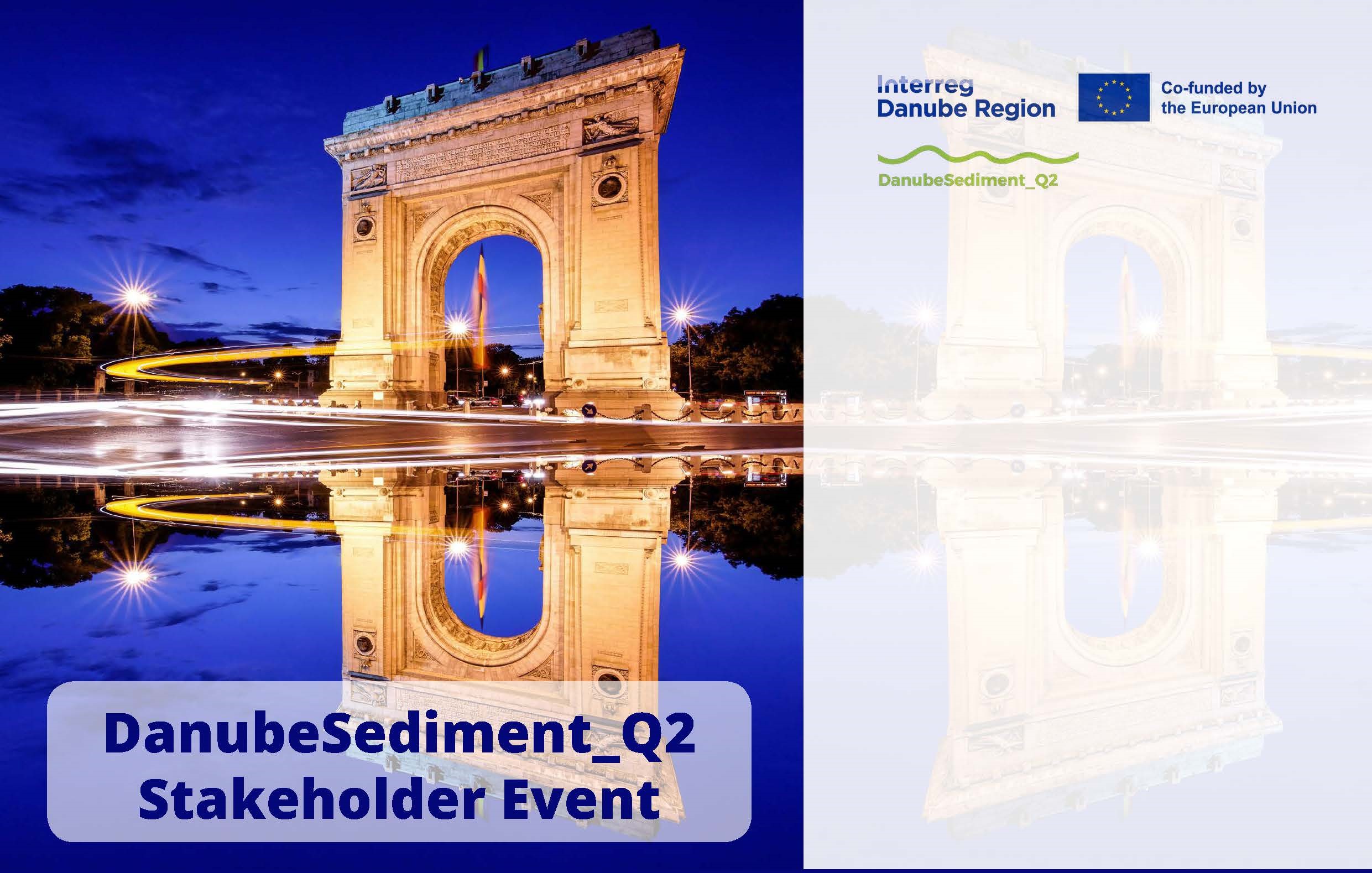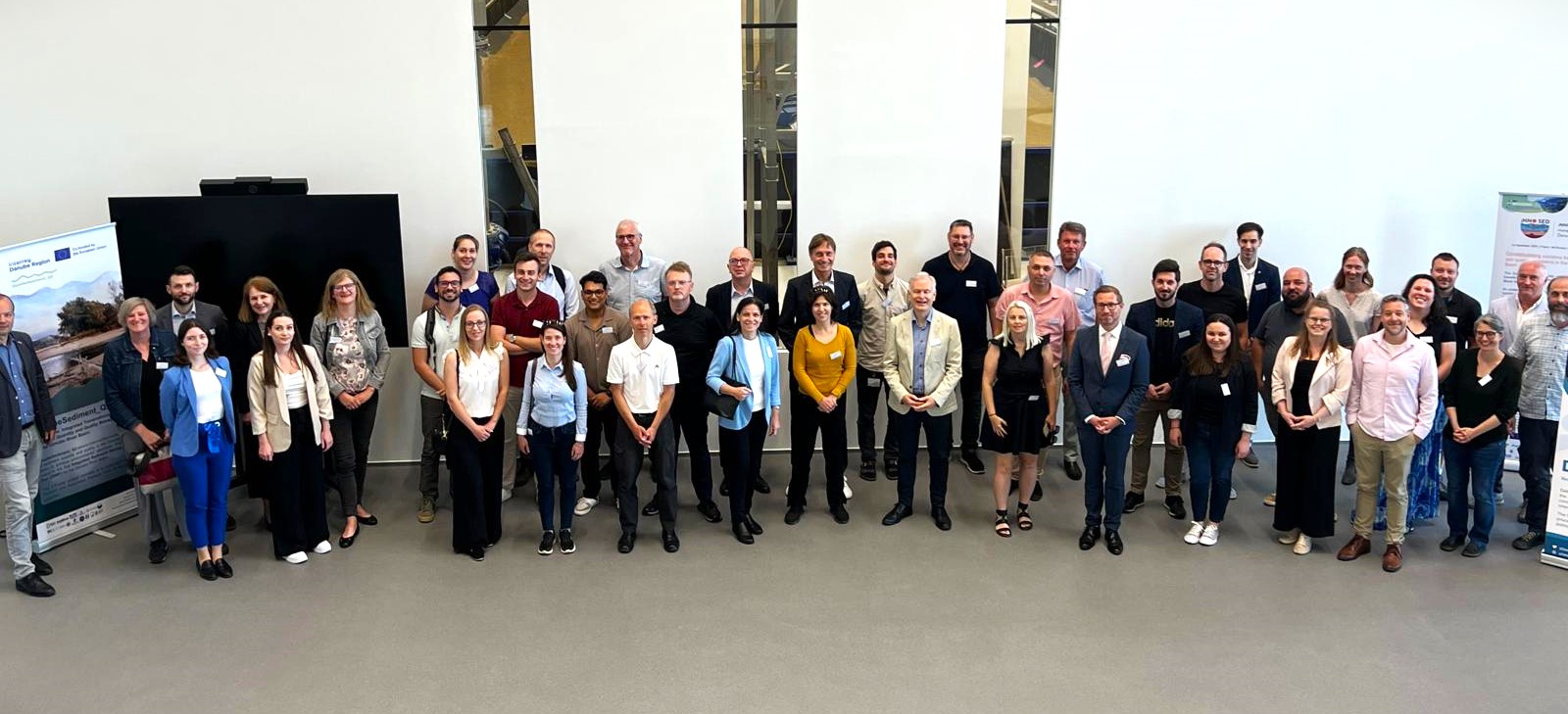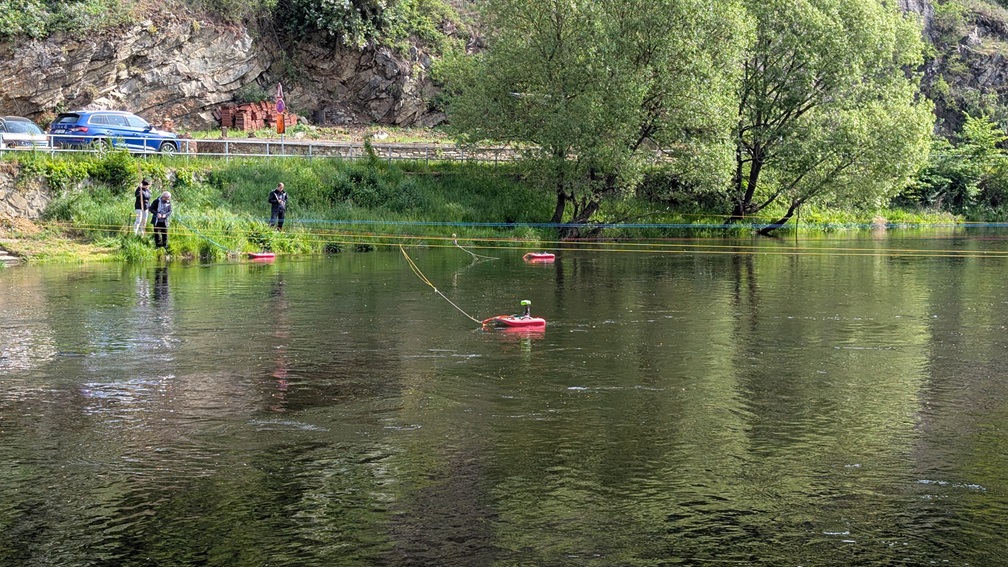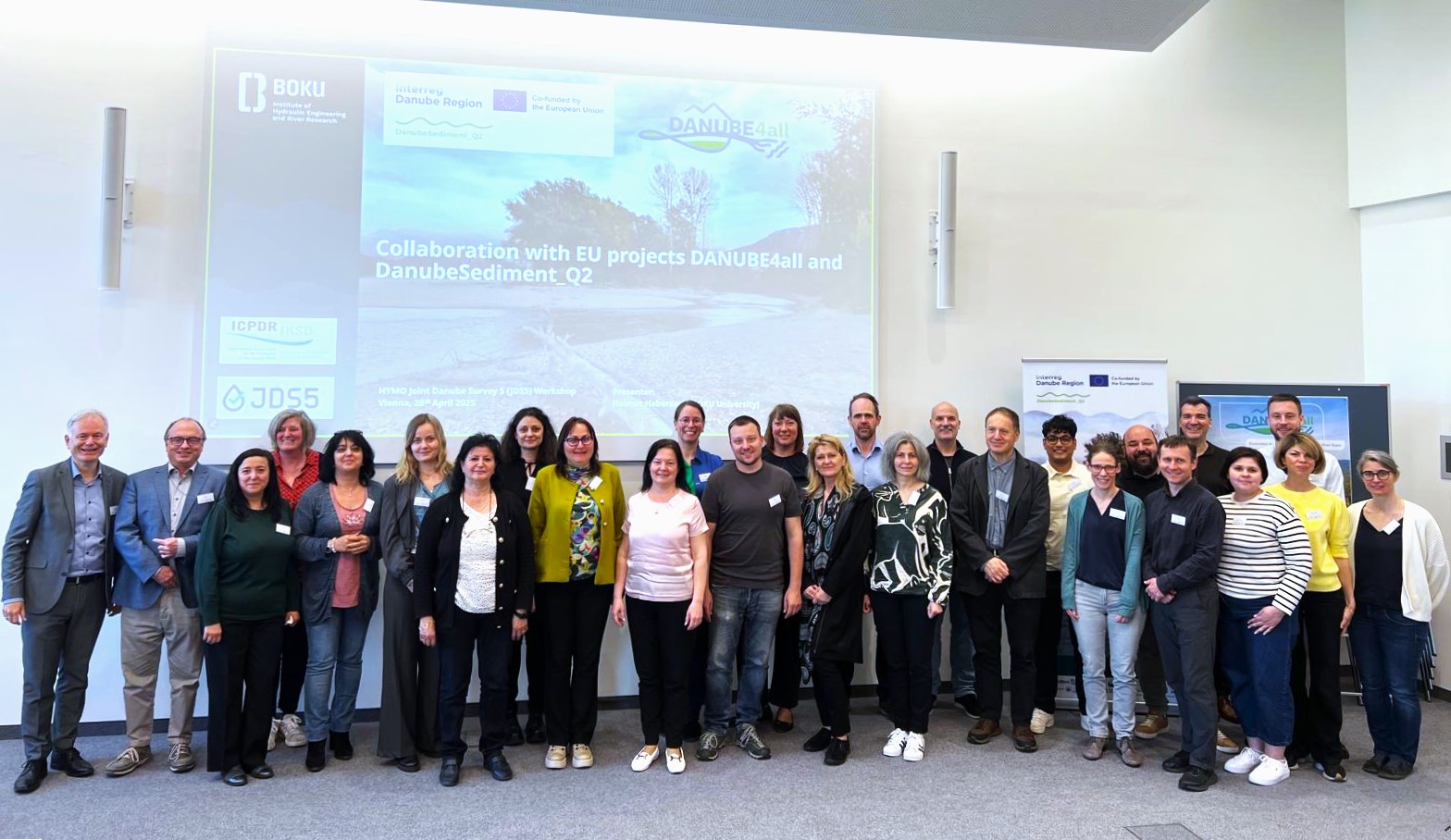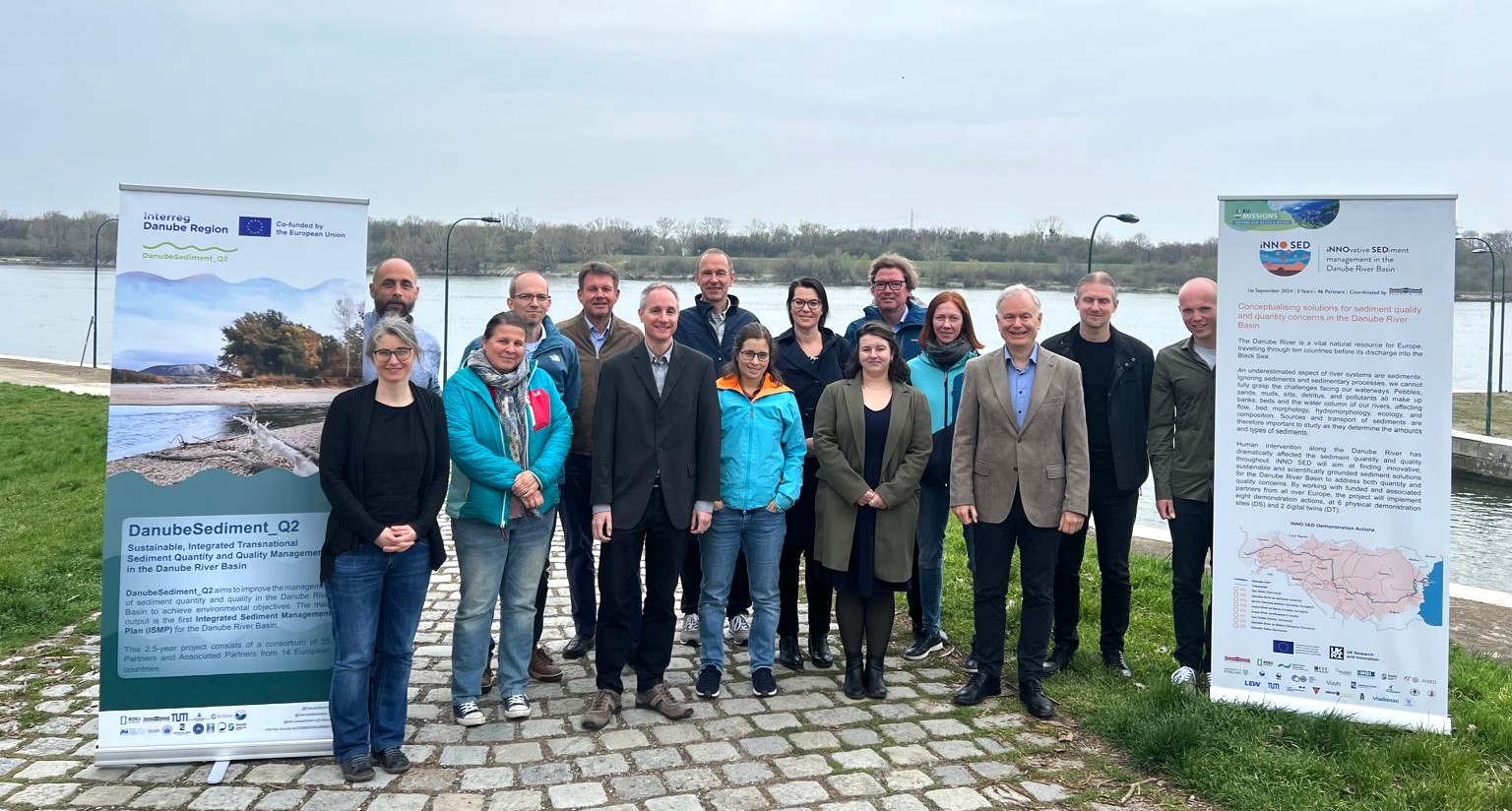DanubeSediment_Q2
DanubeSediment_Q2 aims to improve the management of sediment quantity and quality in the Danube River Basin to achieve environmental objectives. The main output is the first Integrated Sediment Management Plan for the Danube River Basin.
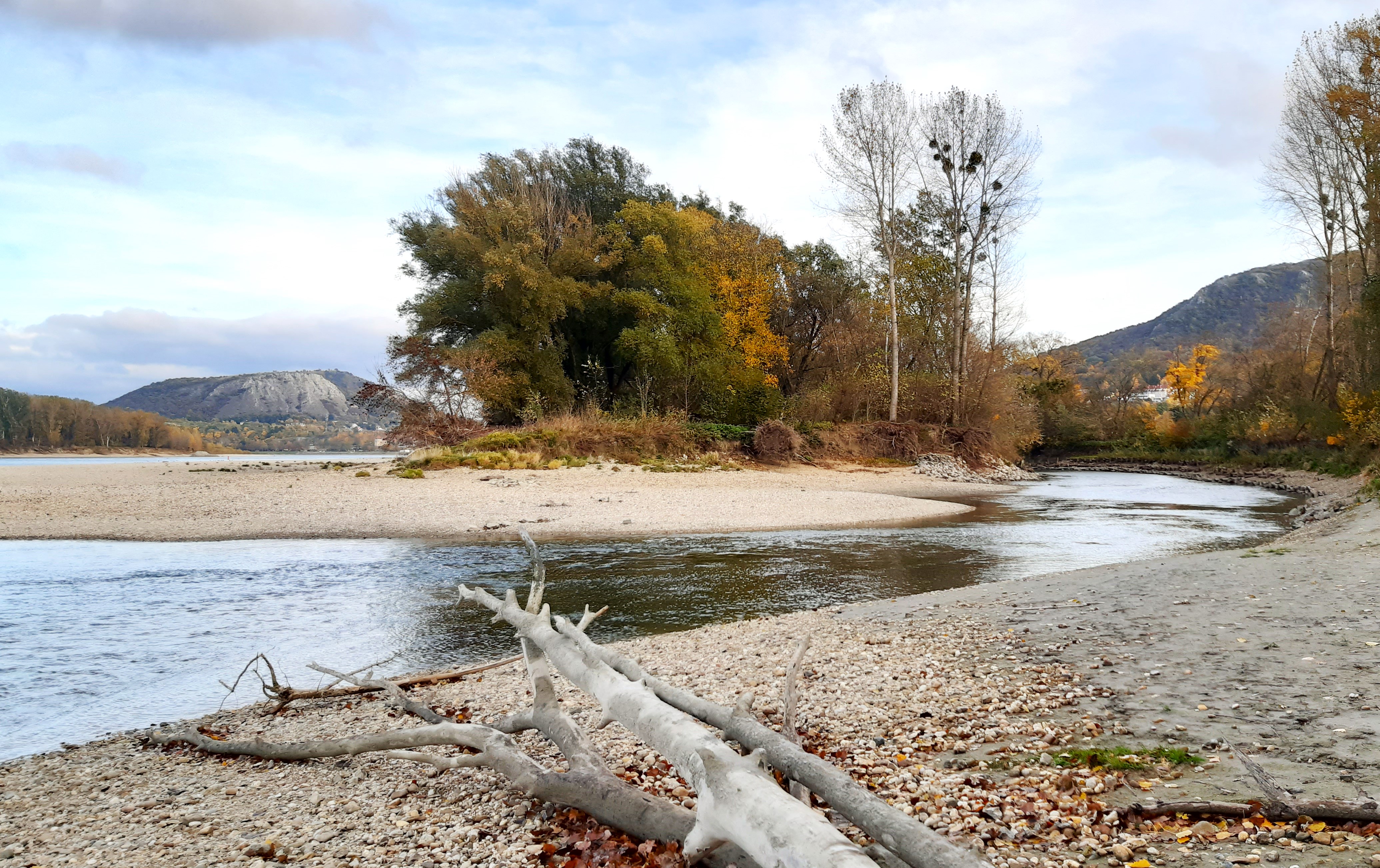
@BOKU
Project Description
There is an urgent need for a sustainable, integrated transnational sediment management in the Danube River Basin. The sediment balance and hydromorphology are completely disturbed. This disturbed sediment transport and hydromorphology has the potential of increasing flood risk, lowering of groundwater levels and degradation of river ecosystems. Furthermore, inland navigation and the operation of hydropower plants are negatively affected by an unbalanced sediment regime. In addition, the river ecosystem can be negatively affected by the sediment quality.
DanubeSediment_Q2, an Interreg Danube Region project, co-funded by the EU, started in January 2024 and aims to improve the management of sediment quantity and quality in the Danube River Basin. The project offers solutions for the identified common challenges of the sediment alteration by developing an integrated sediment quantity and quality management approach. We will recommend concrete solutions and upscaling options to be taken up by International Commission for the Protection of the Danube River (ICPDR) in the next Danube River Basin Management Plan as well as Flood Risk Management Plan.
This plan will build on the DRB Sediment Improvement Strategy for Solutions building on concrete case studies in each partner country using up to date monitoring and modelling. To achieve this for the first time an improved and extended, combined sediment quantity and quality monitoring network and the outputs (i) new hydromorphological assessment method and (ii) sediment risk assessment method will be essential.
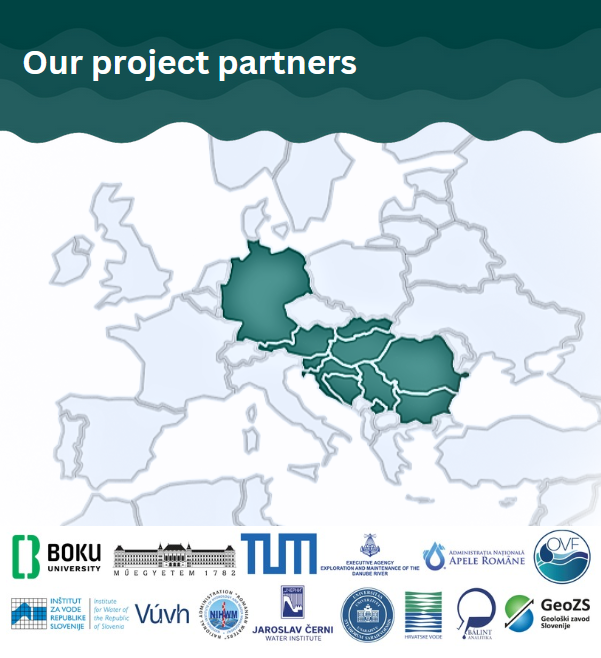
@https://m.maploco.com
Cooperation
Managing sediment in the Danube River is a complex task that requires collaboration across borders. Sediment doesn't respect national or regional boundaries; it travels downstream, influenced by activities far upstream, impacting water quality, river morphology, and even downstream erosion.
This is why partnership is essential. No single country can tackle these challenges alone. Cooperation between riparian countries is crucial to improve sediment management and address issues like associated pollution. The DanubeSediment_Q2 consortium brings together international commissions (e.g. ICPDR, Sava Commission, Danube Commission), national and regional authorities, environmental organizations, research institutions, and companies. This broad collaboration across sectors such as ecology, flood protection, energy production, and navigation is the only way to develop sustainable, basin-wide solutions to sediment-related challenges.
Together, we can ensure the Danube remains a lifeline, connecting mountains to coasts and supporting the well-being of the entire river basin.
The DanubeSediment_Q2 consortium includes members from 14 different countries of the Danube River Basin. You can find a list of all partners here.
News & Events
Read the most recent updates and explore the upcoming events.
Project overview
Need any help? Contact us!
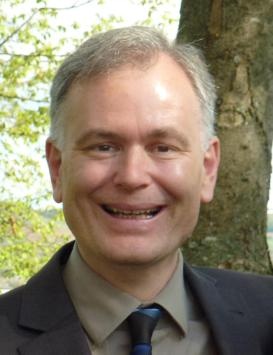
Helmut Habersack
Project Lead

Allison O'Reilly
Communication Manager

